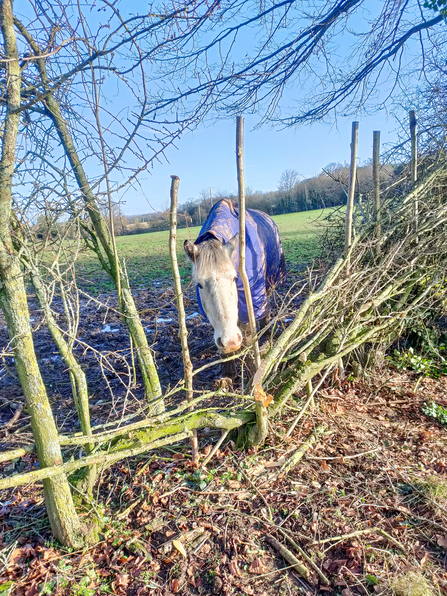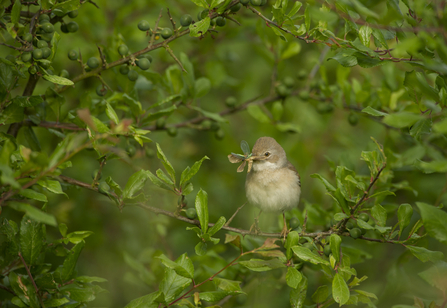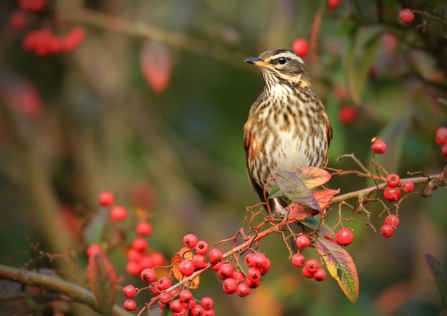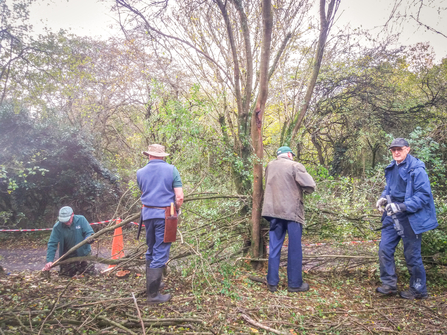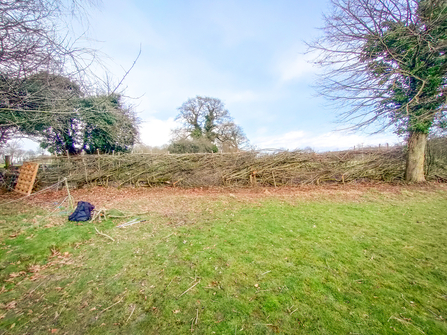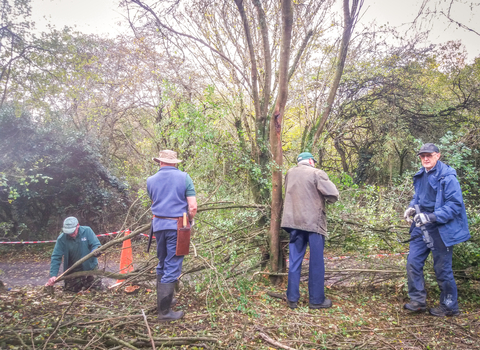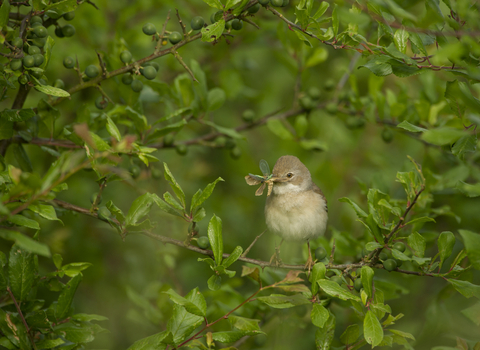As I walk out across the field on a crisp winter’s morning with my tools and sandwiches, I begin to understand the scale of the task I have taken on in restoring this particular hedge.
Unmanaged for a good many years, it has become a line of small trees around five meters high, and has several gaps where livestock have pushed through.
The chosen technique to fix these problems is called hedgelaying and, done well, it can be easy to overlook on your travels through the countryside.
But what is hedgelaying - and why do we still practice it?


